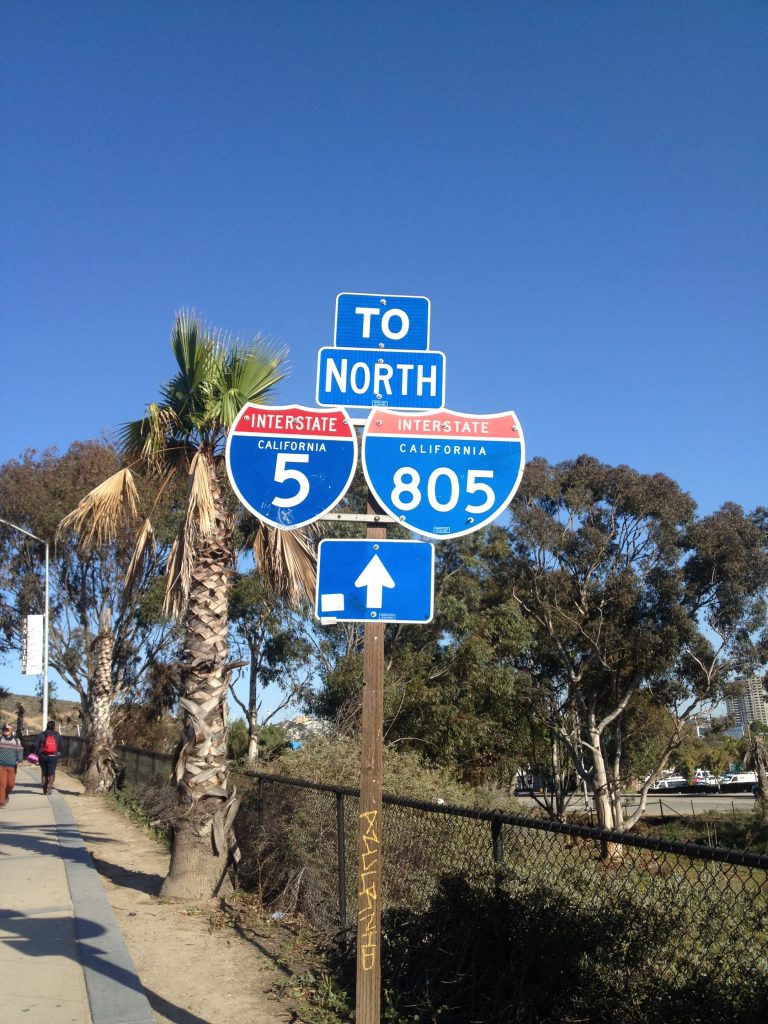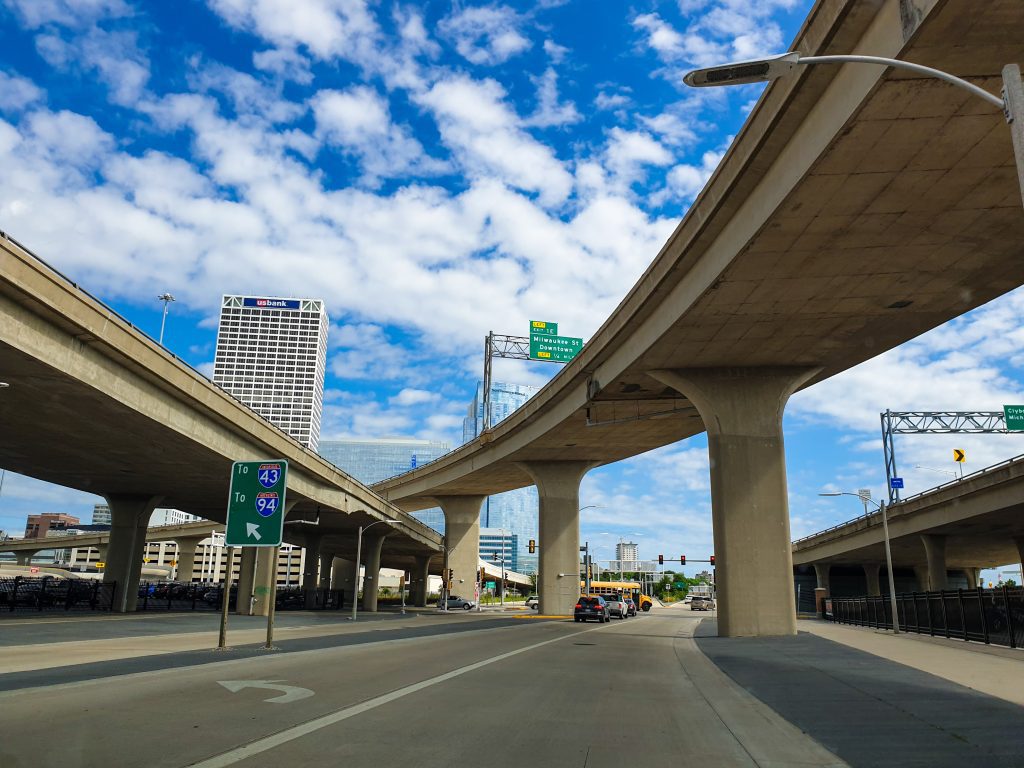Interstate Signs: Discover The Naming System For Interstates
Congress approved the construction of about 41,000 miles of interstate highways connecting the country from north to south and east to west through federal aid in 1956. The project aimed to ease transportation, eradicate traffic jams, and facilitate high-speed travel. This piece explores the least-known secrets behind the unique names of interstate highways.
1. The Region an Interstate Serves
An interstate with one or two digits, like the I-95, connects several regions. An auxiliary interstate highway, like the I-285, has three digits and serves a single city. The auxiliary interstate highway connects to a longer two-digit highway.

2. The Parent Highway
The last two digits of an auxiliary interstate highway match the parent highway. For example, I-285 encircles Atlanta and connects to I-85, and Omaha’s 5-mile I-480 connects I-29 in Iowa with I-80 in Nebraska. San Francisco’s I-238 is an exception as it doesn’t connect to an I-38.

3. Movement of Traffic
Interstates stretching from east to west have even numbers, while interstates stretching from north to south have odd numbers. The numbering of north-south interstates starts from the west to the east (I-5 to I-95), while the numbering of north-south interstates moves from south to north (I-10 to I-90).
4. Purpose of Interstate
The first number of a three-digit interstate communicates its primary purpose. Connectors intersecting one time have odd numbered digits while loops and bypasses with parent interstates in two locations have even numbers.

Interstates repeating names, like the I-87 in North Carolina and New York, have exceptions in the naming system. Other exceptions are available in areas with special lettered designations, like Alaska, Hawaii, and Puerto Rico.
